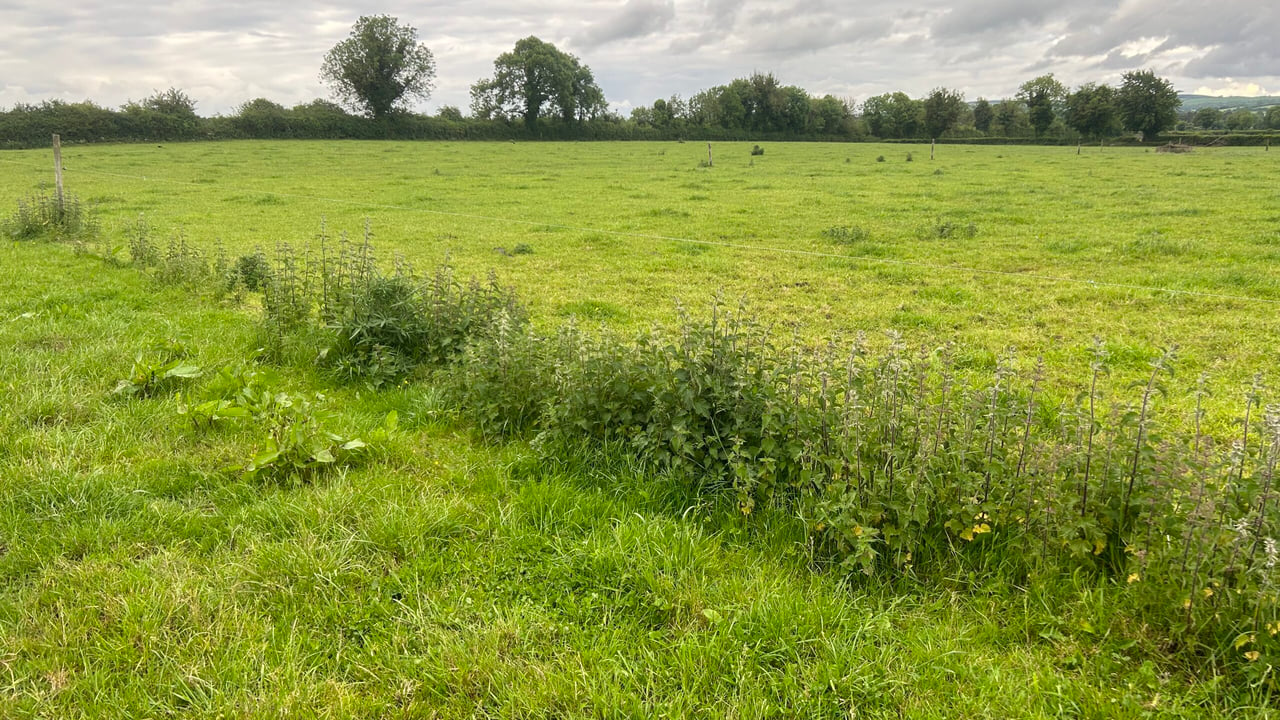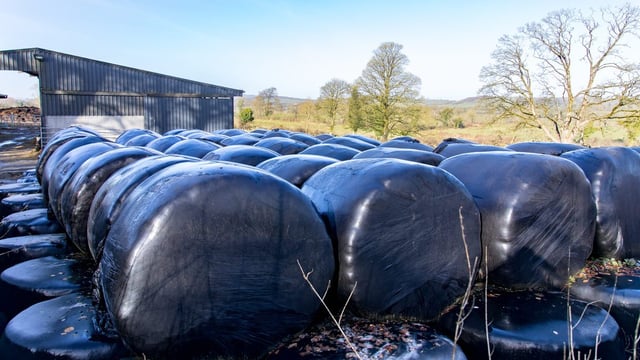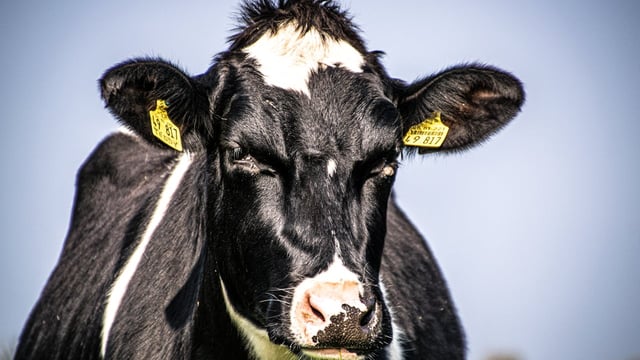Controlling weeds in your paddocks this summer
Controlling weeds when they are at the most manageable stage is crucial, particularly now as grass growth has improved over the last number of weeks.
Firstly, you must identify which weeds need to be dealt with and then have the discussion with an advisor or agronomist on which products will rectify your problems.
It may not be the case where one product will cover all, as you may have paddocks that have different issues and may require different products to be used.
Knowing your fertility status is important, as it will indicate whether or not your soil needs lime, phosphorus (P), or potassium (K) which will allow you to grow more grass, limiting space for weeds.
Dock control at this time of the year is vital as they are at the rosette stage (measuring 150-200mm in diameter), which is the easiest stage to kill the weed.
Best practice is to spray docks shortly after a reseed which will stop them from establishing due to competition in the sward. A well established reseed will also limit and suppress weeds.
Thistles should also be sprayed now, as now they will begin to develop stolons, branch out and cover the grass which will kill what is underneath.
As you may know, the products used to target weeds are not cheap, so application must be precise and accurate to get optimal results.
To make sure of this precise spraying, it is important to read the label of the product carefully to make sure you are applying at the correct rate.
Tips for spraying:
- Make sure the product is suited for killing the weed;
- Read the label carefully, adhering to buffer zones and rates;
- Keep record of the product being used;
- Spray in suitable conditions - not windy or wet;
- Wear protective gear;
- Wash spraying equipment after use;
- Adhere to recommended time between spraying and grazing, or cutting of silage ( around seven days after);
- In the case of ragwort, animals should not be allowed in until the weed is completely rotten and unpalatable.
There are a few product options for the control of docks in your clover swards, however, for the treatment of chickweed, nettles, thistles or dandelions, there are limited options.
If clover is present in your swards, you must select a clover safe product, but, a lot of your conventional products are not clover safe.
In this scenario, if the seed and stem are present, the weeds should be topped first and then sprayed a couple of weeks later.
Farmers, however, should target the non clover paddocks first and get the weeds completely under control and then look to establish clover in these paddocks next April or May of 2025.
Getting the weeds under control prior to clover establishment will prevent issues further down the line, as weed control can be difficult when clover is present.
Controlling weeds in your paddocks this summer will maximise grass yield, improve silage quality, increase grass utilisation and will eliminate any health risks to livestock caused by certain weeds.





